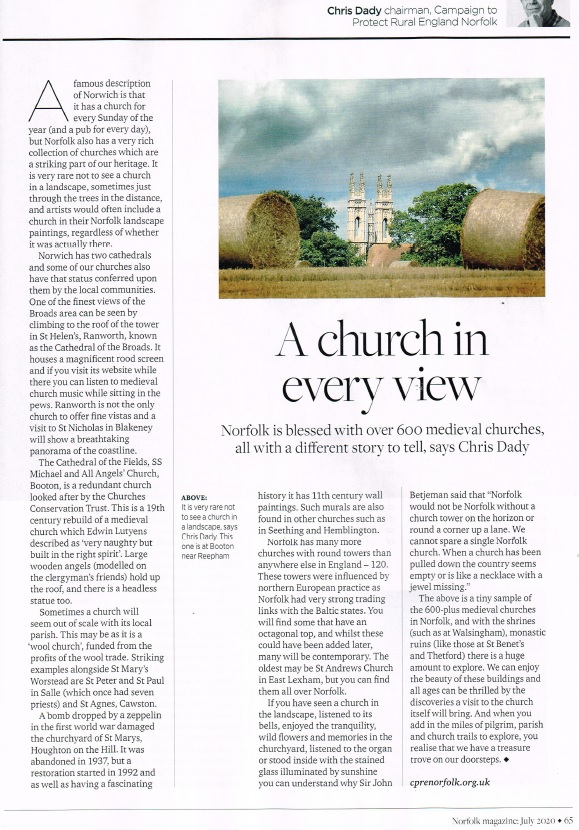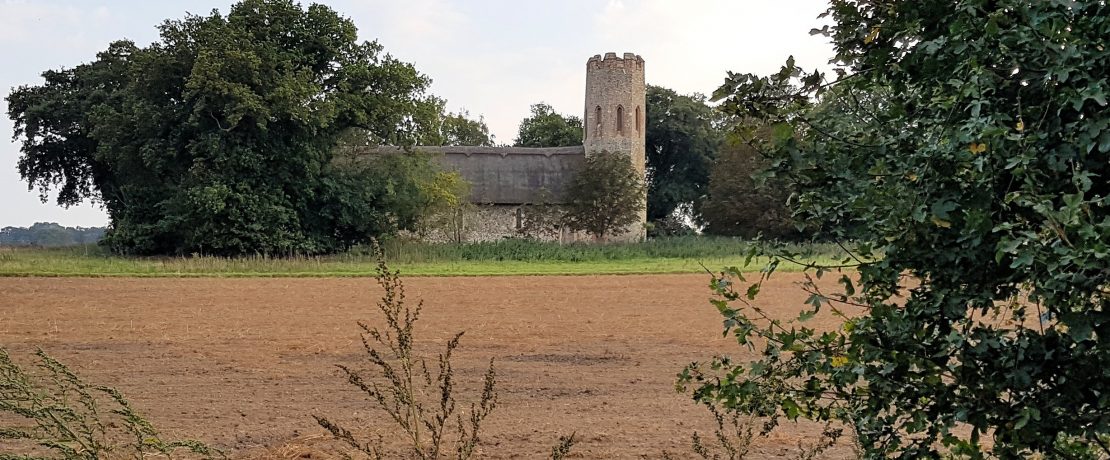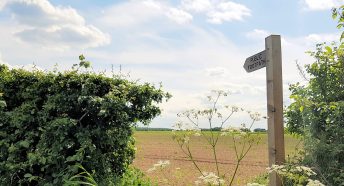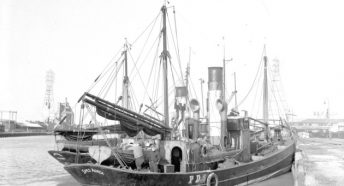A church in every view – Norfolk’s medieval churches
Norfolk is blessed with over 600 medieval churches, all with a different story to tell, says Chris Dady, CPRE Norfolk Chairman.
A famous description of Norwich is that it has a church for every Sunday of the year (and a pub for every day), but Norfolk itself also has a very rich collection of churches which are a striking part of our heritage. It is very rare not to see a church in a landscape, sometimes just through the trees in the distance, and artists would often include a church in their Norfolk landscape paintings, to add a focal point regardless of whether it was actually there.
Norwich has two cathedrals, and some of our churches also have that status conferred upon them by the local communities. One of the finest views of the broads area can be seen by climbing the steps and ladders to the roof of the tower in St Helen’s, Ranworth, known as the ‘Cathedral of the Broads’. It houses a magnificent rood screen and if you visit their website whilst there you can listen to medieval church music while sitting in the pews. Ranworth is not the only church to offer fine vistas, and a visit to St Nicholas in Blakeney will allow an equally breath-taking panorama of the coastline. This church has a very interesting second tower and medieval graffiti.
The ‘Cathedral of the Fields’ SS Michael and All Angels’ Church, Booton, is a redundant church looked after by the Churches Conservation Trust. This is a 19th century rebuild of a medieval church which Edwin Lutyens described as ‘very naughty but built in the right spirit’. Large wooden angels (modelled on the Clergyman’s friends) hold up the roof, and there is a headless statue too. An ‘angel roof’ is a feature of a number of our churches.
Sometimes a church will seem out of scale with its local parish. This may be as it is a ‘wool church’, funded from the profits of the wool trade. Striking examples alongside St Mary’s Worstead are St Peter and St Paul in Salle (which once had seven priests on its staff) and St Agnes, Cawston.
A bomb dropped by a zeppelin in the first world war damaged the churchyard of St Marys, Houghton on the Hill. It was abandoned in 1937, but a restoration started in 1992 and as well as having a fascinating history it has 11th century wall paintings. Such murals are also found in other churches such as in Seething and Hemblington.
Norfolk has many more churches with round towers than anywhere else in England – you are bound to see one as there are 120 of these in Norfolk. These towers were influenced by northern European practice as Norfolk had very strong trading links with the Baltic states. You will find some that have an octagonal top, and whilst these could have been added later, many will be contemporary. The oldest may be St Andrews Church in East Lexham, but you can find them all over Norfolk.
If you have seen a church in the landscape, listened to its bells, enjoyed the tranquillity, wild flowers and memories in the churchyard, listened to the organ or stood inside with the stained glass illuminated by sunshine you can understand why Sir John Betjeman said that ‘Norfolk would not be Norfolk without a church tower on the horizon or round a corner up a lane. We cannot spare a single Norfolk church. When a church has been pulled down the country seems empty or is like a necklace with a jewel missing’.
The above is a tiny sample of the 600 plus medieval churches in Norfolk, and with the shrines (such as at Walsingham), monastic ruins (like those at St Benet’s and Thetford) there is a huge amount to explore. We can enjoy the beauty of these buildings and all ages can be thrilled by the discoveries a visit to the church itself will bring. And when you add in the miles of pilgrim, parish and church trails to explore, you realise that we have a treasure trove on our doorsteps.
This column was published in the July 2020 edition of the Norfolk Magazine.










